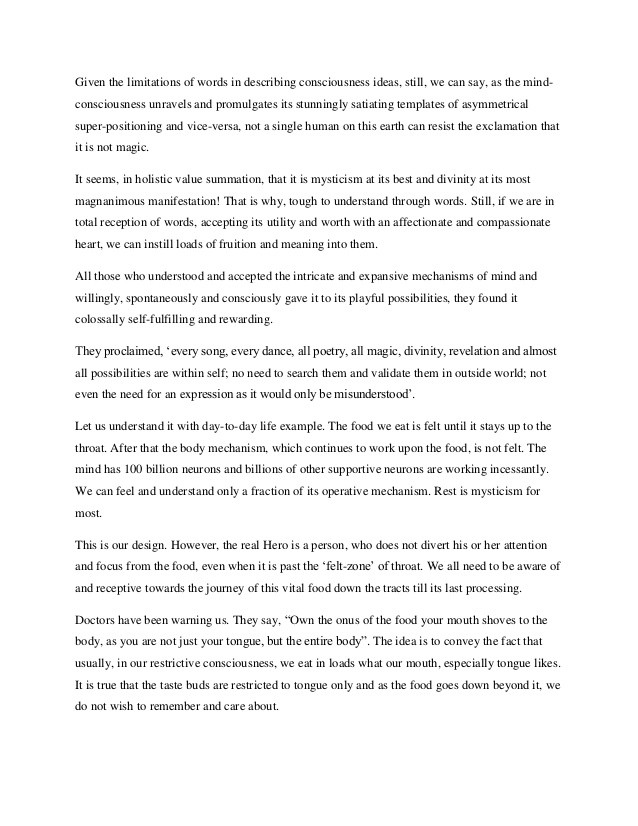Value Offers a Cushion Why Last Year’s Winners Are Now Losers and Vice Versa
Post on: 16 Март, 2015 No Comment

Share | Subscribe
This year, the parts of the market that are struggling are generally those that ran up the most in 2013: biotech, internet companies, and U.S. retailers.  Conversely, some of last year’s worst performers are proving more resilient. Case in point: emerging markets.
As I write in my new weekly commentary. this trend offers a revealing snapshot into the current market environment. Let’s take a deeper look at both examples.
Retailers:   This sector rose sharply in 2013 on optimism over an economic rebound, sending valuations up by roughly 30% over the past 18 months.
Today, however, U.S. consumption is not accelerating as fast as expected, despite an economy that is improving from its first quarter slump. Growth in retail sales is sluggish, rising barely 0.2% a month, roughly half the long-term average. (The exceptions are interest-rate sensitive segments like autos, which have found support in the low interest rate environment.)
As sales have struggled, so have retailers. More evidence came last week as several retailers including Dicks Sporting Goods ( DKS ), Staples ( SPLS ), and Best Buy ( BBY ) reported disappointing earnings or guidance.
Bottom line. Given the lethargic nature of consumer spending, and still elevated valuations on retail stocks, we would remain cautious on retailers and other consumer discretionary companies. Instead, we would favor areas of the market like large and mega-cap companies that offer better value and a potential buffer should volatility return.
Emerging markets. EM investors have recently had to contend with a growing list of geopolitical issues. In Thailand, the army chief took control of the country, declared martial law and suspended the constitution two days later. However, investors took the event in stride — perhaps because it was Thailand’s 12th military coup since 1932 — and Thailand’s stock market only posted a small loss for the week.
Part of the reason for the measured response: EM valuations remain modest compared to developed markets. The price-to-earnings ratio for developed countries has risen nearly 40% over the past two years, while emerging markets are up a more moderate 20%. While EMs are not cheap per se, they offer relative value to developed markets, which helps explain why emerging markets have outperformed developed markets by roughly 4% so far in May.

Bottom line: The fact that EM stocks have withstood the recent geopolitical risks supports the notion that, although they can be volatile, EM equities could offer some relative value in a world in which many asset classes are fairly priced.
Russ Koesterich, CFA, is the Chief Investment Strategist for BlackRock and iShares Chief Global Investment Strategist. He is a regular contributor to The Blog and you can find more of his posts here .
International investing involves risks, including risks related to foreign currency, limited liquidity, less government regulation and the possibility of substantial volatility due to adverse political, economic or other developments. These risks often are heightened for investments in emerging/ developing markets, in concentrations of single countries or smaller capital markets.
Funds that concentrate investments in a single sector will be more susceptible to factors affecting that sector and more volatile than funds that invest in many different sectors.
iS-12591
20Blog%20%7C%20Global%20Market%20Intelligence&el=Value%20Offers%20a%20Cushion:%20Why%20Last%20Year%E2%80%99s%20Winners%20Are%20Now%20Losers%20and%20Vice%20Versa /%














